- Xinye Village, a village named Ye's blood source, was built during the Jiading period of the Southern Song Dynasty
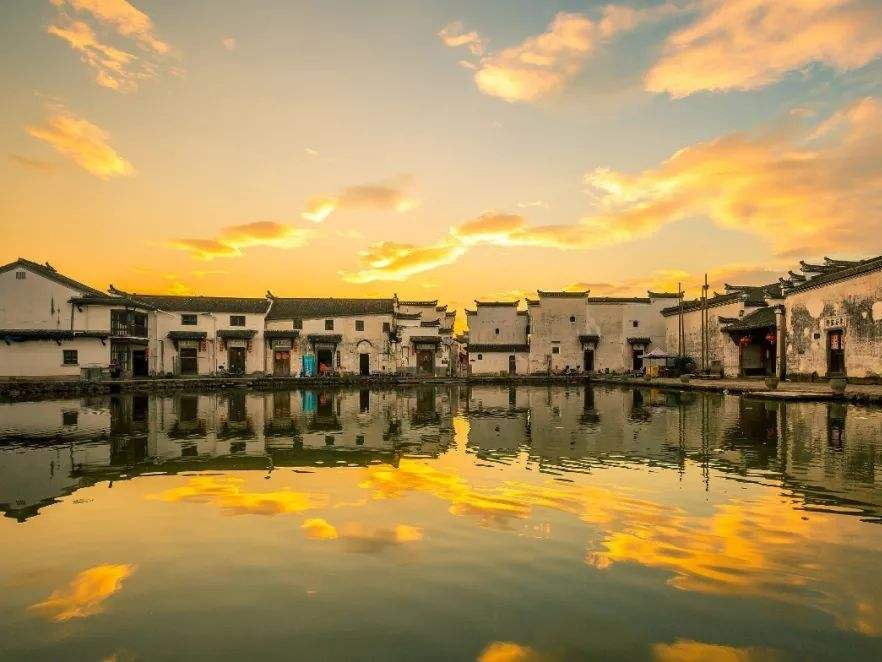
In the corner of the northwestern edge of the Jin (Hua) Q (Zhou) Basin in western Zhejiang, there is a Xinye Old Village, known as the most beautiful farming village in China and a museum of Chinese vernacular culture and architecture. There are more than 200 Ming and Qing ancient buildings and more than 800 years of heritage. Humanistic accumulation of order.
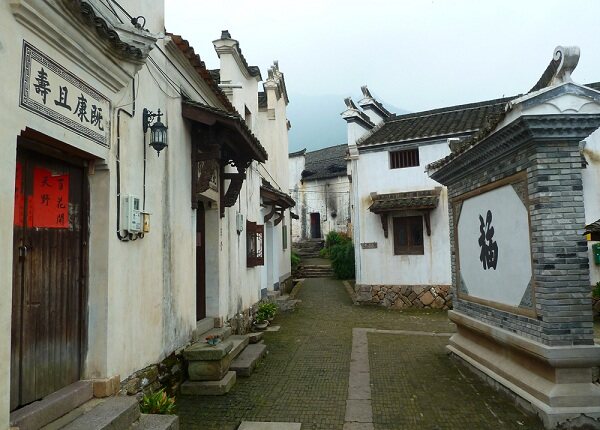
New leaves imply renewal of Vientiane
More than 800 years ago, the surnames Bai and Xia lived here. Later, a person named Ye Kun came here from a foreign land and became a son-in-law of a family surnamed Xia. Later, Ye Kun’s descendants regained the surname Ye, and the village went It became a situation where the surnames Bai, Xia, and Ye lived together, and the village name was also called Bai Xiaye. After hundreds of years of inheritance, the clan of Bai and Xia moved out, leaving only Ye Kun, the Ye family.
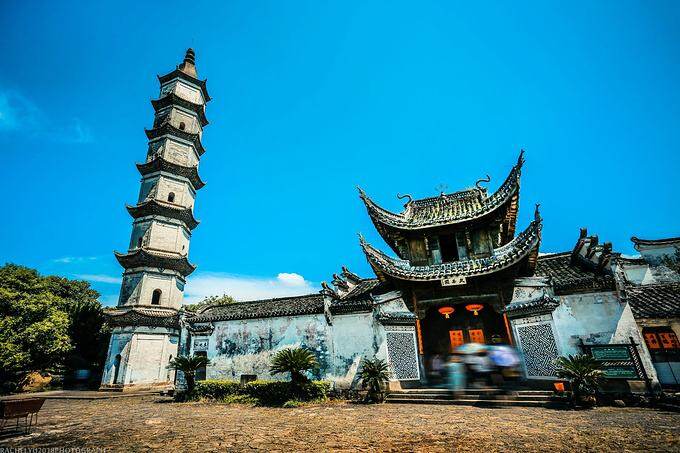
According to historical records, Bai Xia Ye has always been under the jurisdiction of Lanxi County, Jinhua. In July 1951, it was transferred to Shouchang County. In commemoration of this event, the white summer leaves were changed to new leaves, meaning the renewal of Vientiane. Like other ancient villages, with the improvement of economic level and housing demand, the ancient buildings began to be swallowed up by concrete steel bars in the 1990s. After 2000, with the help of insightful people such as Chen Zhihua, Lou Qingxi, and Professor Li Qiuxiang from the School of Architecture of Tsinghua University, Xinye Ancient Village started the conservation and restoration work.
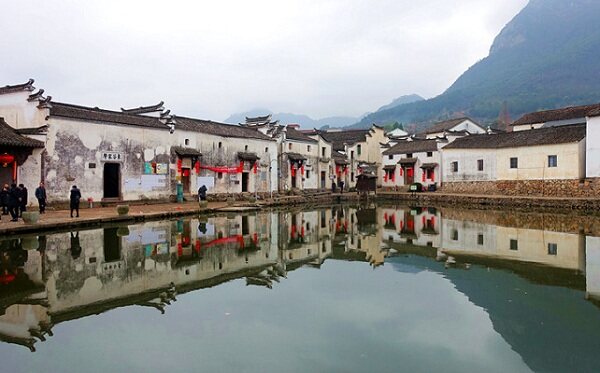
More than 200 Ming and Qing buildings
In the final analysis, Xinye Village is a village with the blood surname Ye. It has been counted since the first year of Jiading in the Southern Song Dynasty (1208). It has multiplied for more than 30 generations and has an orderly inheritance. The village layout has not broken through the outline of the plan of the Yuan and Ming Dynasties. Qing architecture, 16 ancestral halls, halls, halls, pavilions, pagodas, temples, and nearly a hundred lanes and alleys crisscross the village, connecting households and households, houses and houses into an orderly whole. Some historians say that fortunately, Xinye people are “poor” enough to do little damage to the ancient village. Fortunately, Xinye Village is closed enough and the culture of farming and studying for more than 800 years is completely preserved. This is simply a rich mine for ancient village research.

There is a white ancient pagoda at the entrance of the village. The ancient pagoda is called Tuanyun Pagoda, which was obtained from "Xiaoyaoyou" by Zhuangzi, which is "90 thousand li." The Ye clan has inherited the concept of "cultivating to get rich and studying to cultivate oneself", because farming is the duty of farmers, and reading is the only way for farmers to pursue fame. So another Wenchang Pavilion was built under the tower for the villagers to read. The tower and pavilion are harmoniously combined and become the most beautiful scenic spot in the village. Entering the village from Tuanyun Tower, into the long and ancient alleys of Xinye, it turns seven and eight turns, as if it will never go to the end. After turning for a long time, it is likely to return to the same place again. No wonder someone marvels and walks into Xinye. Ye, just walked into a big maze. In the 1990s, some thieves looked at multiple Jinshi plaques hanging in the ancestral hall. After stealing them, they lost their way in the alleys of the ancient village and were eventually captured. Therefore, when foreigners enter Xinye Ancient Village, they must be led by locals, otherwise they may get lost.
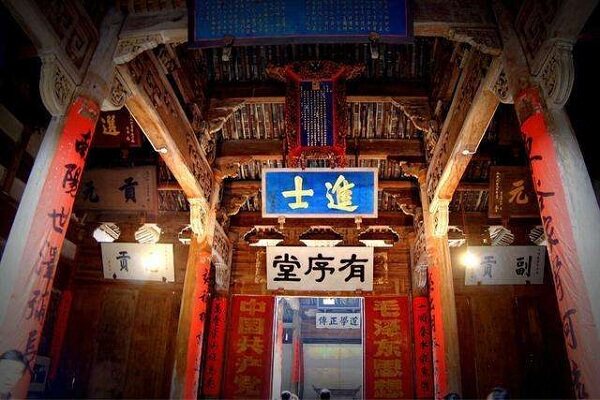
Guoqidi and Xinye Kunqu Opera
In Xinye Village, apart from Tuanyun Pagoda and Wenchang Pavilion, the most worthwhile visits are the Ye Family Ancestral Hall-Youxuetang, also called Guoqidi. According to the family tree of the Ye family, during the Wanli period of the Ming Dynasty, the empress dowager became seriously ill, and the court posted an emperor list to recruit world-renowned doctors to treat the empress dowager. Xinye has a local scholar named Ye Yuchun. He unveiled the emperor list, went to the capital, and asked for treatment for the empress dowager. After Ye Yuchun’s meticulous treatment, the emperor was healed. The emperor was very happy. He married the granddaughter of King Jingshan to Ye Xilong’s second son, Ye Xilong, as his wife. In this way, Ye Yuchun became a relative of the emperor. Xutang also received the plaque "Guoqidi". This is the highest glory of Ye's in the history of New Leaf.
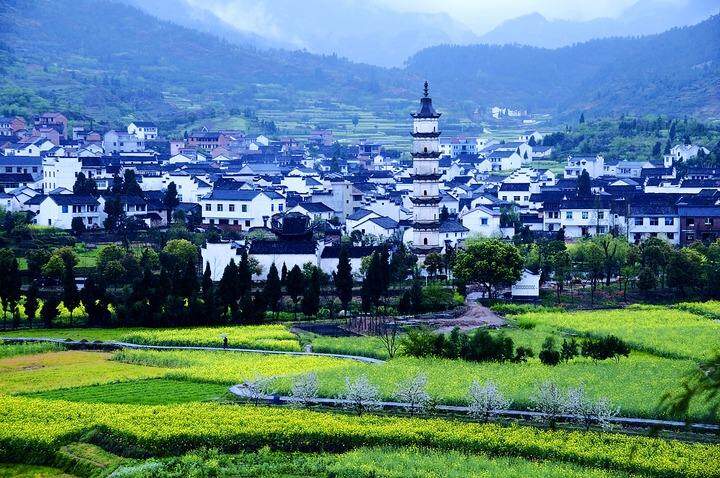
In addition to farming and reading, Xinye people have one other entertainment activity that they have been unable to give up, that is, listening to operas and singing. Here is China’s oldest opera genre—Kun Opera. It has been passed down and evolved into Xinye Kunqu Opera. There is an upright Xinye Kunqu opera singing class. Now in addition to adults, elementary school students in Xinye Village have become the heirs of Xinye Kunqu Opera. On the third day of the third month of the lunar calendar, which is the traditional Chinese Shangsi Festival, the Xinye people held ceremonial ceremonies on the basis of clan units. Naturally, all the adults and children in the choir would be sent out to sing and play, and get addicted to the drama. Editor/He Yuting
Comment
 Praise
Praise
 Collect
Collect
 Comment
Comment
 Search
Search


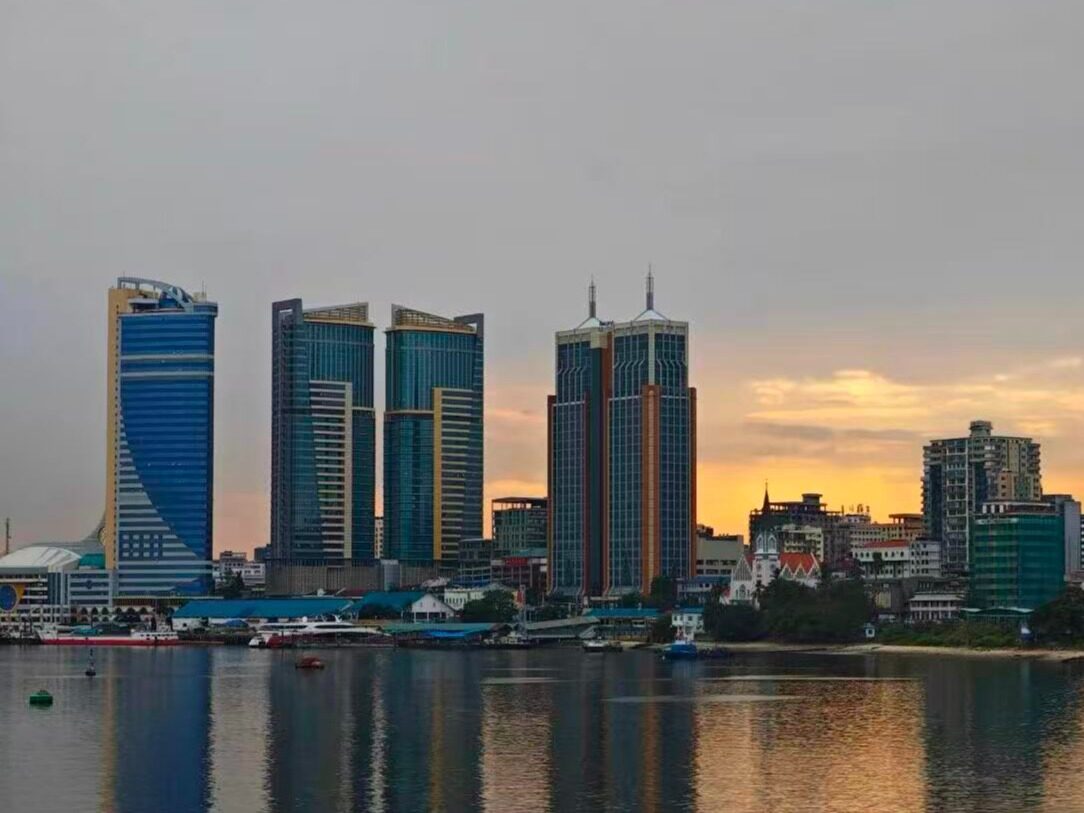
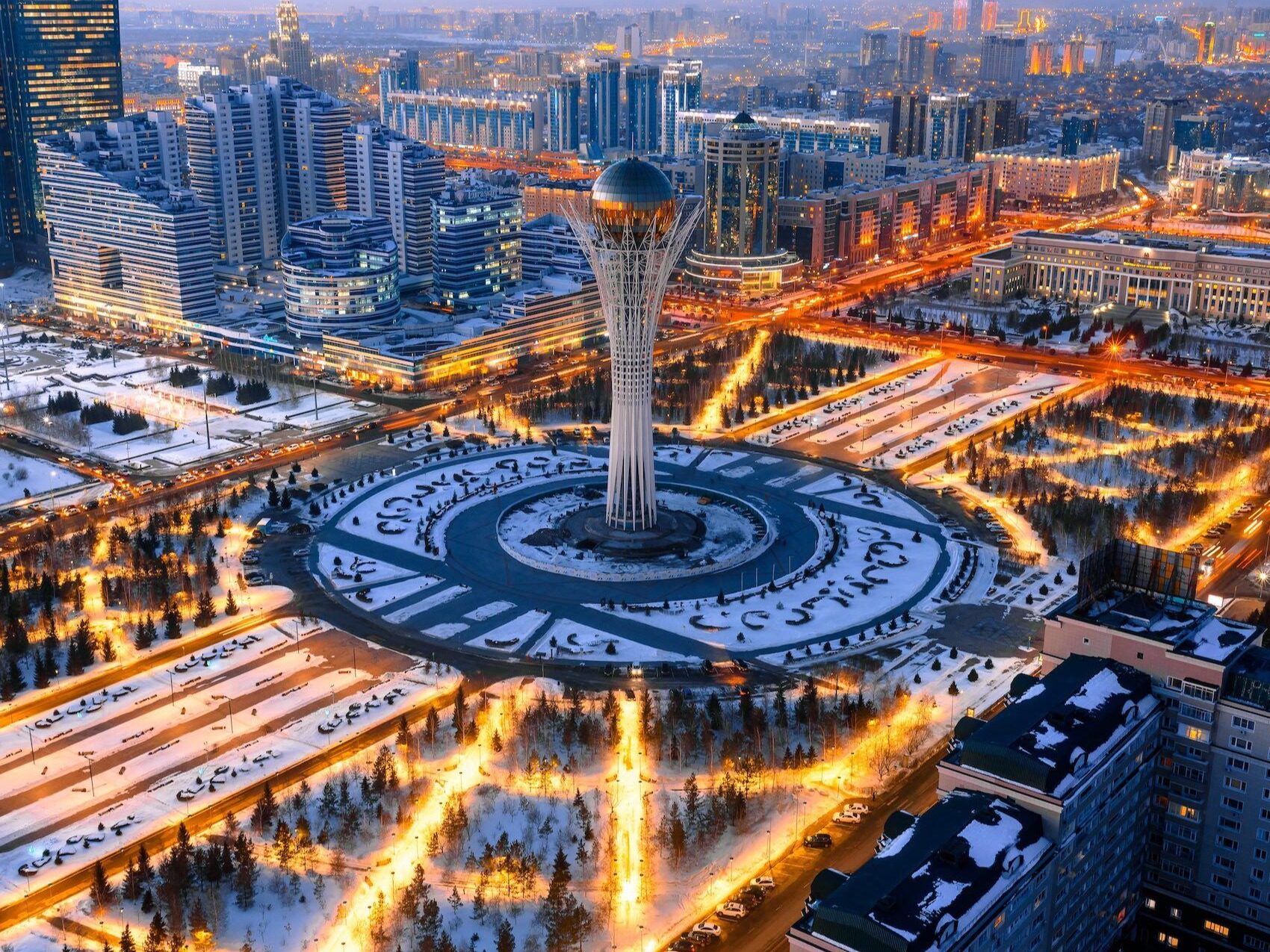
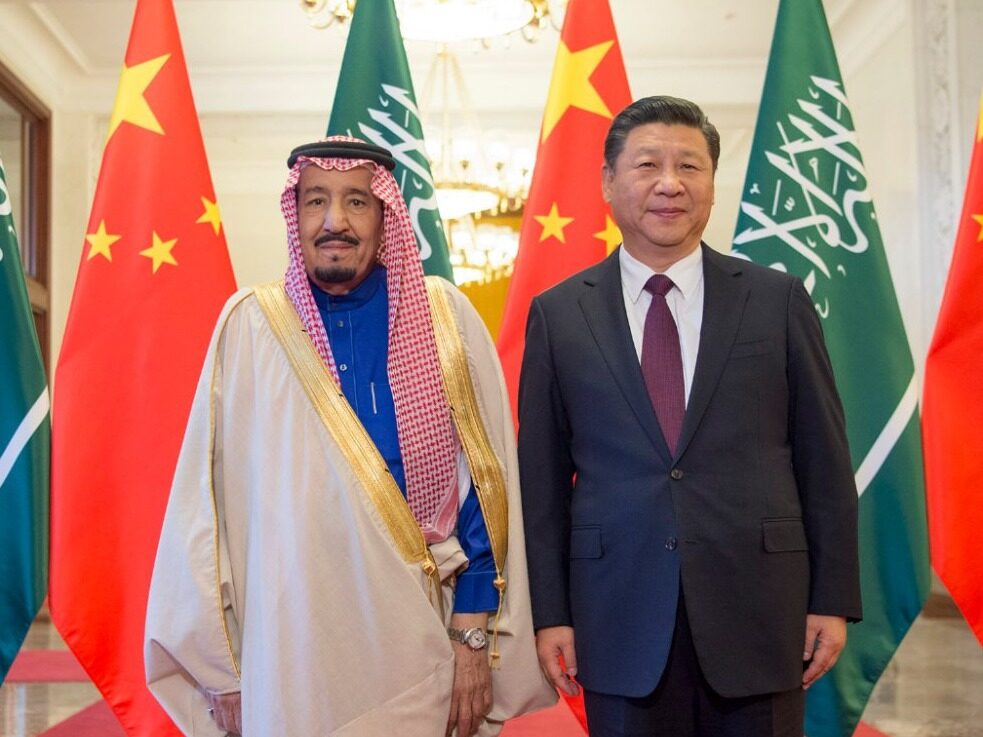









Write something~